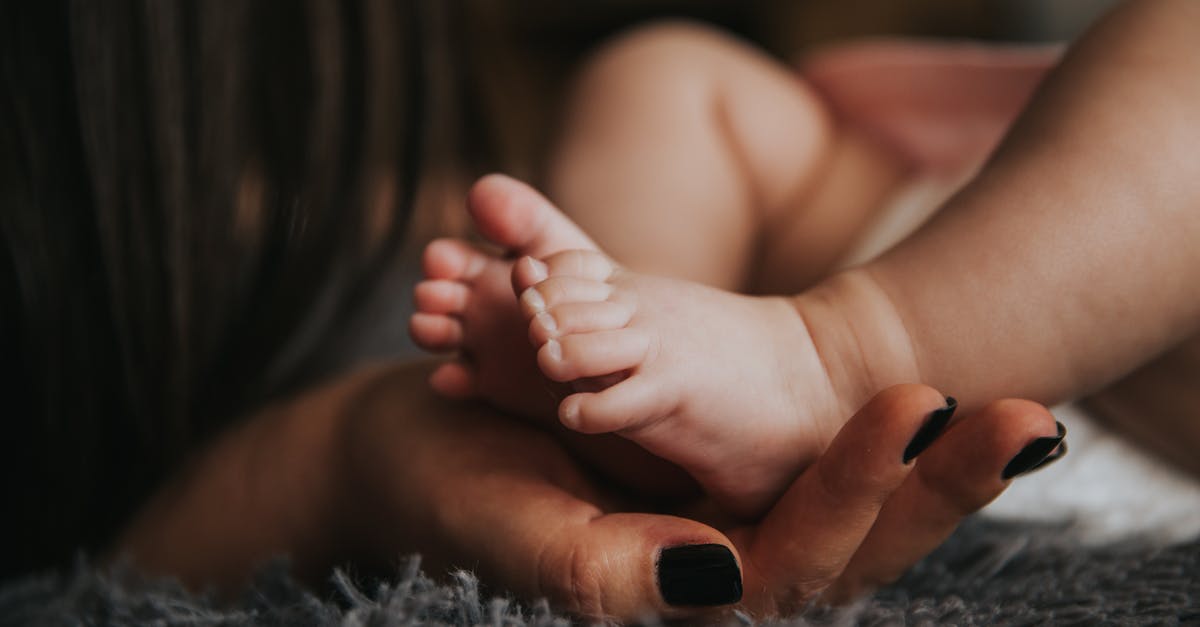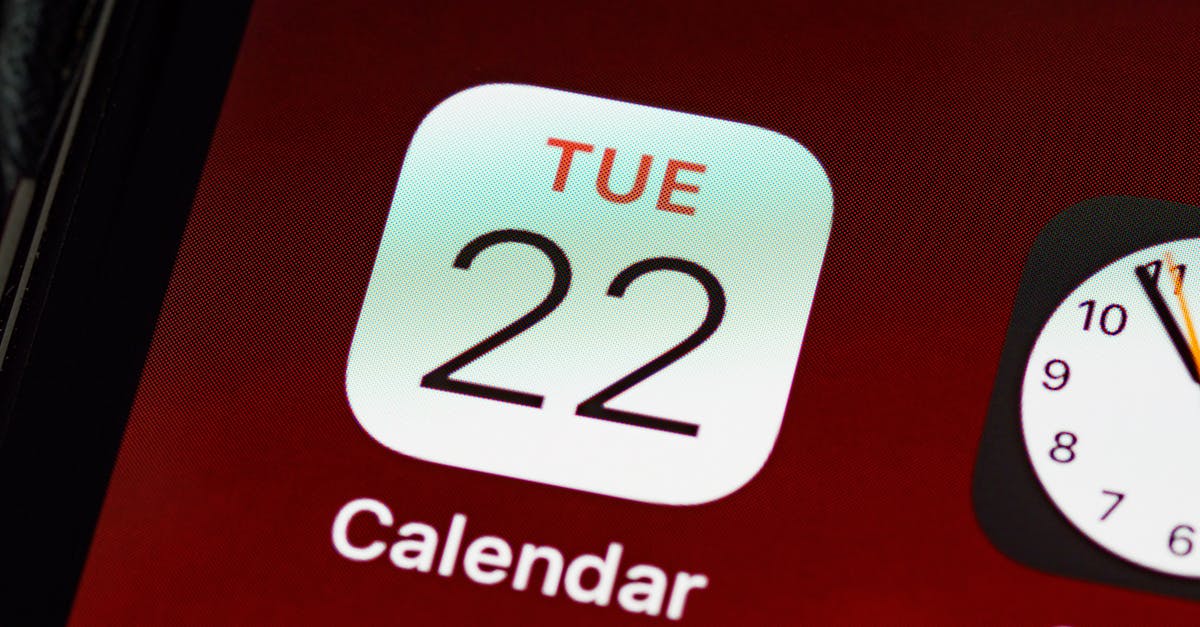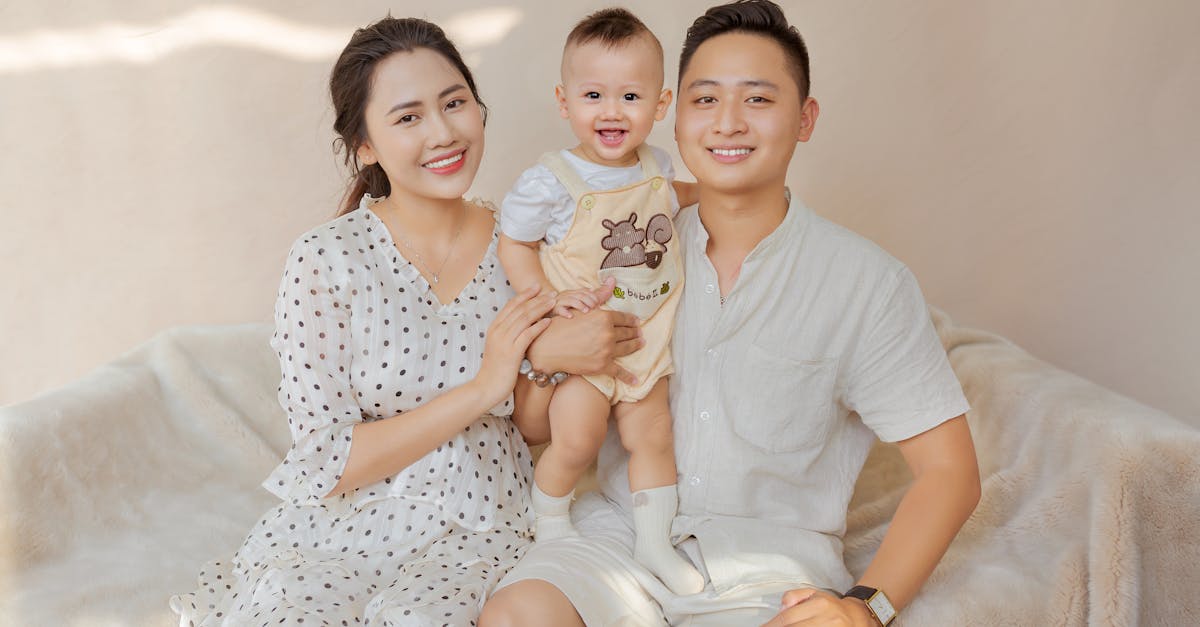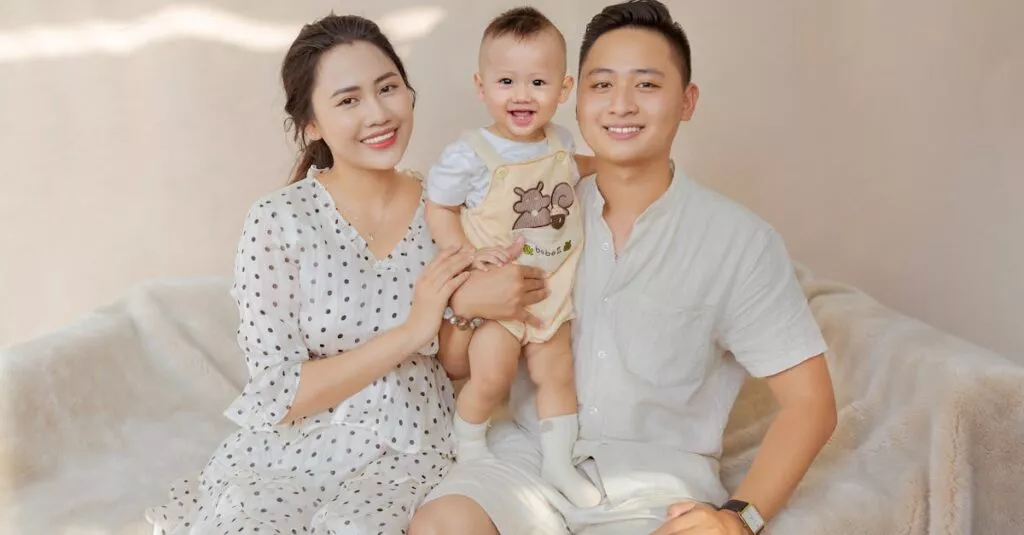The ‘Oh No!’ Moment: Understanding Separation Anxiety
Ever had that ‘Oh no!’ moment when leaving your baby even for a quick minute feels like you’ve announced World War III? That, dear parents, is the first encounter with baby separation anxiety. It’s a phase where your little bundle of joy becomes a mini detective, realizing you can actually disappear into the thin air of the other room. This section sheds light on what separation anxiety is and reassures parents that it’s a normal, albeit challenging, stage of development.

Understanding separation anxiety in babies can help parents navigate this phase with patience and empathy. It is a sign that your child has formed a healthy attachment to you and sees you as a source of comfort and security. While it can be overwhelming at times, remember that it is a temporary stage that will pass.
Reading the Signs: Is It Separation Anxiety?
How do you know it’s separation anxiety? Well, if your baby starts performing an audition-worthy meltdown whenever you’re out of sight, that’s a clue. Look for signs like:
- Cligniness
- Being overly fussy when you’re not around
- Treating farewells like major life events
It’s not them being dramatic; it’s just their way of saying, ‘I miss you already!‘

Timing Is Everything: When Separation Anxiety Peaks
Separation anxiety doesn’t wear a watch; it hits when it hits, usually peaking between 8 to 14 months. Some kids are early bloomers, while others take their sweet time. It’s all part of their unique timetable. Understanding when it peaks helps parents prepare for the clingy cuddles and teary goodbyes.

Key Points:
- Separation anxiety peaks between 8 to 14 months
- Every child has their own timetable
- Parents can prepare for clingy behavior
Gentle Goodbyes: Strategies to Ease Separation
Saying goodbye doesn’t have to feel like you’re leaving for a polar expedition. Simple strategies like playing peek-a-boo to teach object permanence or creating a heartfelt goodbye ritual can make parting less sorrowful. The trick is to keep goodbyes short and sweet. Dragging it out only builds more anxiety – for both of you.

Consistency is Key: Building a Predictable Routine
Establishing a predictable routine does wonders for babies with separation anxiety. Knowing what to expect gives them a sense of security. It’s like their own little schedule of assurances that mom and dad will always come back. Plus, routines make life easier for parents too – it’s a win-win!

Nighttime Nurturing: Easing Separation Anxiety at Bedtime
Nighttime can be especially tough for anxious babies. Creating a soothing bedtime routine with plenty of cuddles can reassure your baby that all is well. Soft lullabies and a consistent sleep schedule create a sanctuary of comfort, making nighttimes less daunting.

Encouragement and Empathy: Supporting Parents Through the Process
Being a parent is no walk in the park, especially when dealing with separation anxiety. Remember, it’s okay to feel overwhelmed. Seeking support and connecting with other parents can provide much-needed reassurance. Sharing experiences and tips not only helps your baby but also supports you through this bumpy ride.

